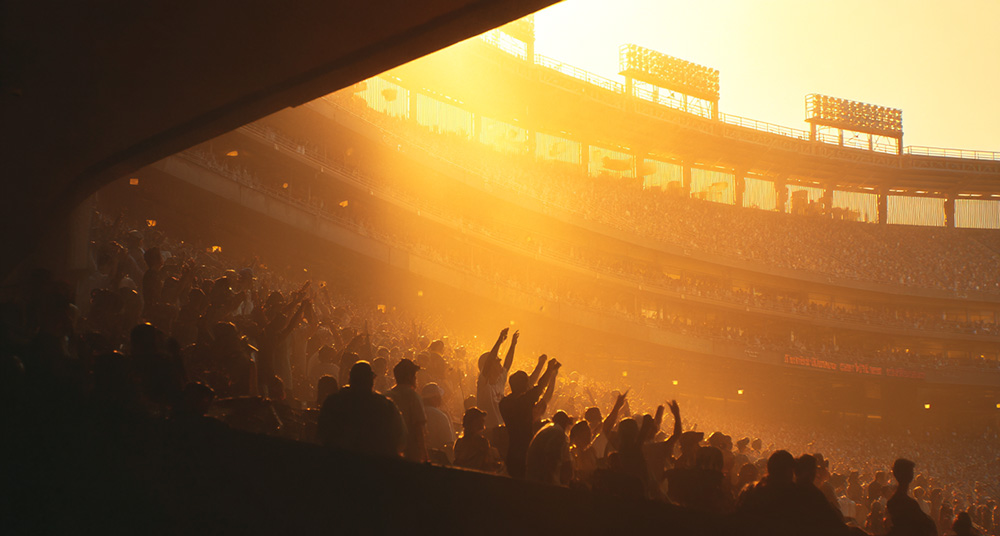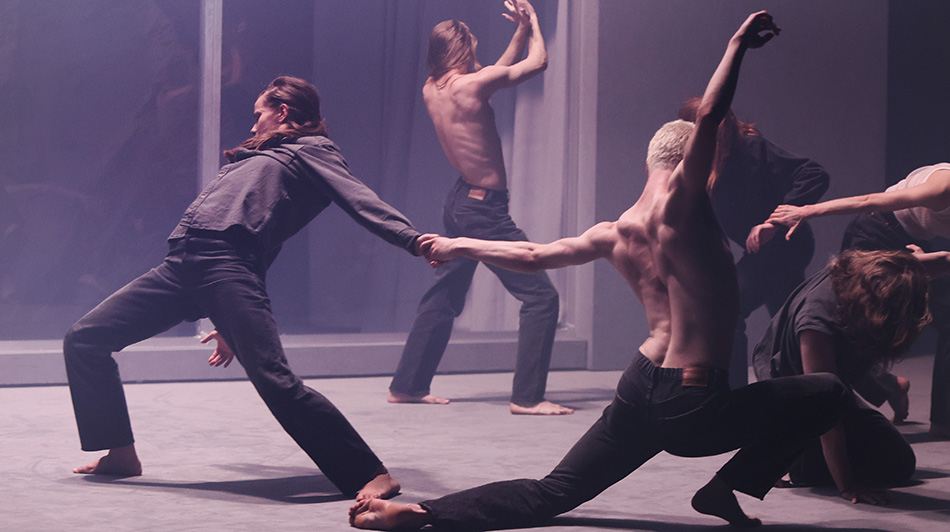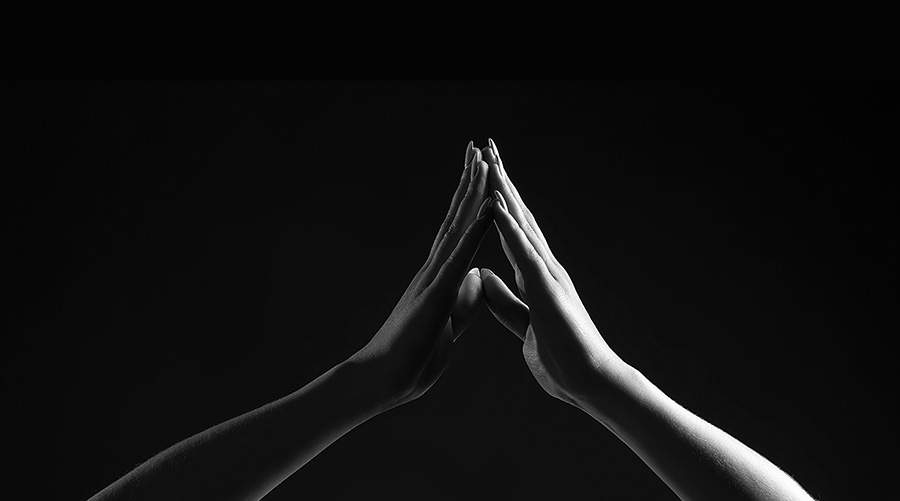Sonic branding amplifies fan connection, shapes team identity, and turns moments into permanent memories.
Sports are emotional journeys. Sonic branding plays a vital role in amplifying those emotions and forging deeper fan connections.
The 7th inning stretch, with thousands singing, “Take Me Out to the Ballgame,” is a sonic tradition. When Real Madrid scores the winning goal, the stadium erupts with a roar of olés, becoming a part of the club’s sonic identity. The lone squeak of sneakers as Novak Djokovic lobs the tennis ball past his opponent is an intense sonic experience.
“What if a sports brand could spur this excitement by blending familiar sounds into its custom-made sounds?”
These evocative sounds can become part of a broader sonic branding strategy of a team or sport. Sonic branding allows the sports marketer to extend these sonic cues beyond the stadium as reminders of the fan’s emotional experience off-season and between games.
“Sonic branding in sports marketing isn’t created from nothing. It harnesses the brand’s story by playing with its existing sonic elements while creating its own sonic vocabulary.”
Here are just a few examples for sports marketers to reference when deploying purposeful and strategic sound.
Sonic Identity: Blending Fan and Team Identity
In 2023, the Rugby World Cup created a sound inspired by the pressure of a shoving scrum. This sonic identity heightened audience engagement and showcased France’s role as host, leading up to and into the World Cup.
LaLiga and Sixième Son created a sonic identity that “captured the passion of football and community.” It is being used in broadcasts and within the stadiums, for cultural relevance and fan connection.
In 2015, Roland-Garros, home to the French Open, created a sonic identity that can be considered “the heartbeat of Roland-Garros”. This sonic identity heightened key moments of the game, like the players’ entrance, the judges’ procession, and the match point. It wove through digital content, IVR, bespoke film music, and interactive sound in parking lots and gift shops. These sonic cues still resonate today, winning Gold for Best Sonic Evolution at the Transform Awards in March 2025.
Social Media Sound Integration: Energizing the Digital Landscape Legally
When you design video reels and shorts on TikTok, Instagram, and YouTube, you can bring back that day-of energy by incorporating familiar tracksinto the background. However, this must be done carefully. If you own your own music, you have nothing to worry about.
In the past, franchises have used popular music and fan chants to create connection and affinity. However, licensing copyrighted music for the stadium doesn’t mean you have rights to use it on social media. If you neglect to pay for those additional rights, you can risk fines, as well as have your a social posts and channels flagged and taken down entirely.
“Using sounds that a brand owns is a smart play—it keeps the franchise out of legal trouble and scores extra points on brand identity. Your own sound helps to orient fans, as each platform uses versions of the same recognizeable sonic identiy.”
A World of Possibilities
Sonic branding in sports marketing is one more way to elevate brand awareness and increase connection, securing lifetime dedicated fans experiencing the sport both individually as well as with others.
Sonic cues form just a piece of the larger sonic branding ecosystem. They can be employed in endless arenas of brand marketing, both on and off the field.
Sonic Branding is activated within TV, radio, and social media. It can be heard in fan and VIP entryways. We hear sound in e-sports and gaming, jingles and fan chants, ringtones and apps, VR and AR experiences, and the list goes on.
Now is the time for sports brands to harness the power of sonic branding and turn fleeting moments into lasting legacies.









